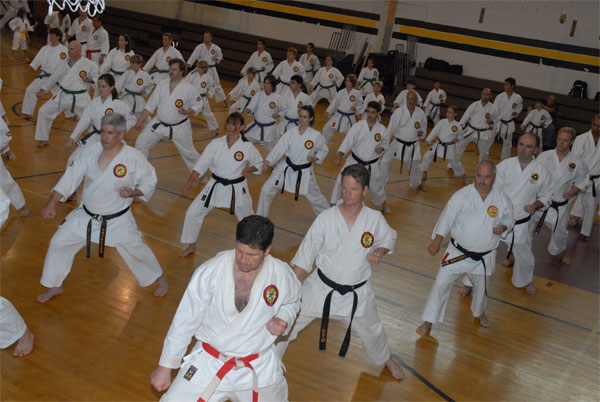
None of the guns in the Throne were made in Mozambique, none in Africa, thus it becomes a sculpture in which we are all, one way or another, complicit. The Throne is also a contemporary work of art with a global significance, linking the arts of Africa with the Western arts scene, and Mozambique with the global arms trade. Whether we see these faces as crying in pain or laughing with joy at a new peace is in the eye of the beholder. Its anthropomorphic qualities - it has arms, legs, a back and most importantly a face - actually two faces - link it immediately to the arts of Africa, in which non-figurative objects such as chairs, stools, weapons and pots are seen and described as human beings. The Throne of Weapons represents both a human tragedy and a human triumph. The Transforming Arms into Tools project in Mozambique has seen over 600,000 weapons surrendered in exchange for tools. The civil war finally came to an end after the collapse of the Soviet Union and the end of the apartheid regimes. In turn the Soviet Union supplied Mozambique with economic and military aid. They funded an opposition group in an attempt to destabilize the country.

The new government's pro-communist and anti-apartheid stance threatened the regimes in neighbouring. In 1975 Mozambique declared itself a Marxist-Leninist state after achieving independence from Portuguese colonial rule. It was made by the Mozambican artist Cristóvão Canhavato (Kester) in 2001 for the Transforming Arms into Tools project, where some of the seven million guns left in the country are voluntarily exchanged for useful tools and hardware.

It represents both the tragedy of that war and the human triumph of those who achieved a lasting peace. This sculpture is made out of decommissioned weapons from the Mozambique civil war (1977 - 92), which claimed almost 1 million lives and left 5 million people displaced.


 0 kommentar(er)
0 kommentar(er)
